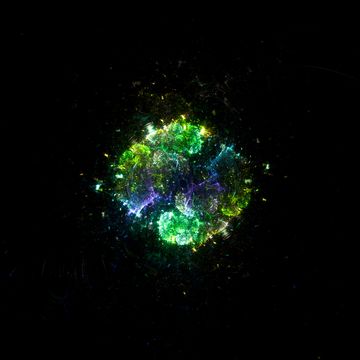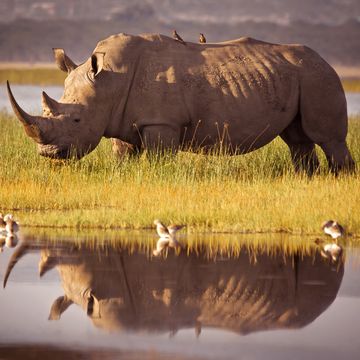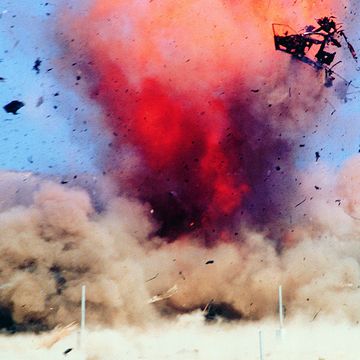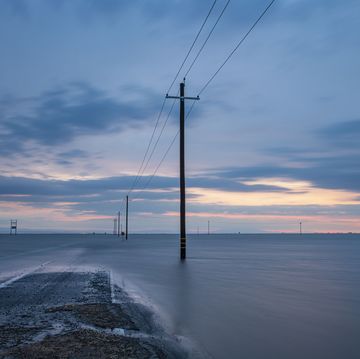- Tesla and CureVac have collaborated on a patent for an RNA bioreactor.
- Although there are no human vaccines made with RNA, the technology could break through on COVID-19 (coronavirus).
- The bioreactor works by combining chemical agents in an egg-shaped magnetic mixer.
Tesla has taken on the manufacturing role for a biotech startup with a revolutionary new RNA reactor concept. A tipster recently alerted Electrek to this year-old patent application, which lists both Tesla and German startup CureVac.
CureVac has made the news recently because of a misinformed factoid that it was being purchased by President Donald Trump. That’s partly because CureVac is working on the groundwork for a COVID-19 (coronavirus) vaccine. Today, the European Investment Bank (EIB) reported that it's awarded an $84 million loan to CureVac to accelerate that vaccine development process.
The RNA bioreactor patent application covers a device that intends to boost and streamline production of RNA for research and, CureVac hopes, eventually a consumer vaccine for COVID-19. Typically, researchers make RNA (ribonucleic acid) from DNA (deoxyribonucleic acid). In school, you might have learned the colloquialism that DNA is two strands while RNA is just one. DNA can be processed into RNA for research by using unicellular organisms to transcribe the DNA into RNA.
The reactor design uses magnets to hold particles in place, including DNA to be treated into RNA. The same magnetic design also agitates the “mix” and facilitates the reaction that produces RNA. The overall design is a really interesting combination of mechanical engineering and biochemistry. Its foundation of electromagnets means the magnetism can be finely controlled in order to ensure the most effective mix process. The application also allows for versions with permanent magnets or the special combination that forms a Helmholtz coil.
CureVac began in 2000 with a mission to improve treatment for cancer and other diseases, so while the company's goals have always been vital and timely, the special urgency of a pandemic virus has changed its modus operandi. The proposed bioreactor with Tesla is an automated version of the same kinds of processes scientists have used for years, but in an environment with less room for error and less micro “waste” products from the transcription process. The patent also includes improvements to all the supporting processes around the bioreactor itself.
The EIB loan and the Tesla partnership support the same mission: to implement CureVac’s plan to rapidly accelerate how quickly it can manufacture RNA. Making vaccines with RNA offers advantages like much faster development overall, but there are no human-approved RNA vaccines as of yet. This approach relies on chemically teaching your body how to make the proteins that will then generate the antibody response.
“It is a bit like wadding up plans for a Cessna, throwing them through the ventilation shaft of a Ford factory, and hoping that someone inside finds them, and that the factory starts rolling airplanes out its doors instead of pickups,” Graeme Wood wrote in The Atlantic in March.
The bioreactor is likely a key part of the “industrial-scale production site” CureVac CFO Pierre Kemula said is the primary goal of the EIB financing. Time will tell if this investment and technology finally make for a human vaccine using RNA technology.

Caroline Delbert is a writer, avid reader, and contributing editor at Pop Mech. She's also an enthusiast of just about everything. Her favorite topics include nuclear energy, cosmology, math of everyday things, and the philosophy of it all.













